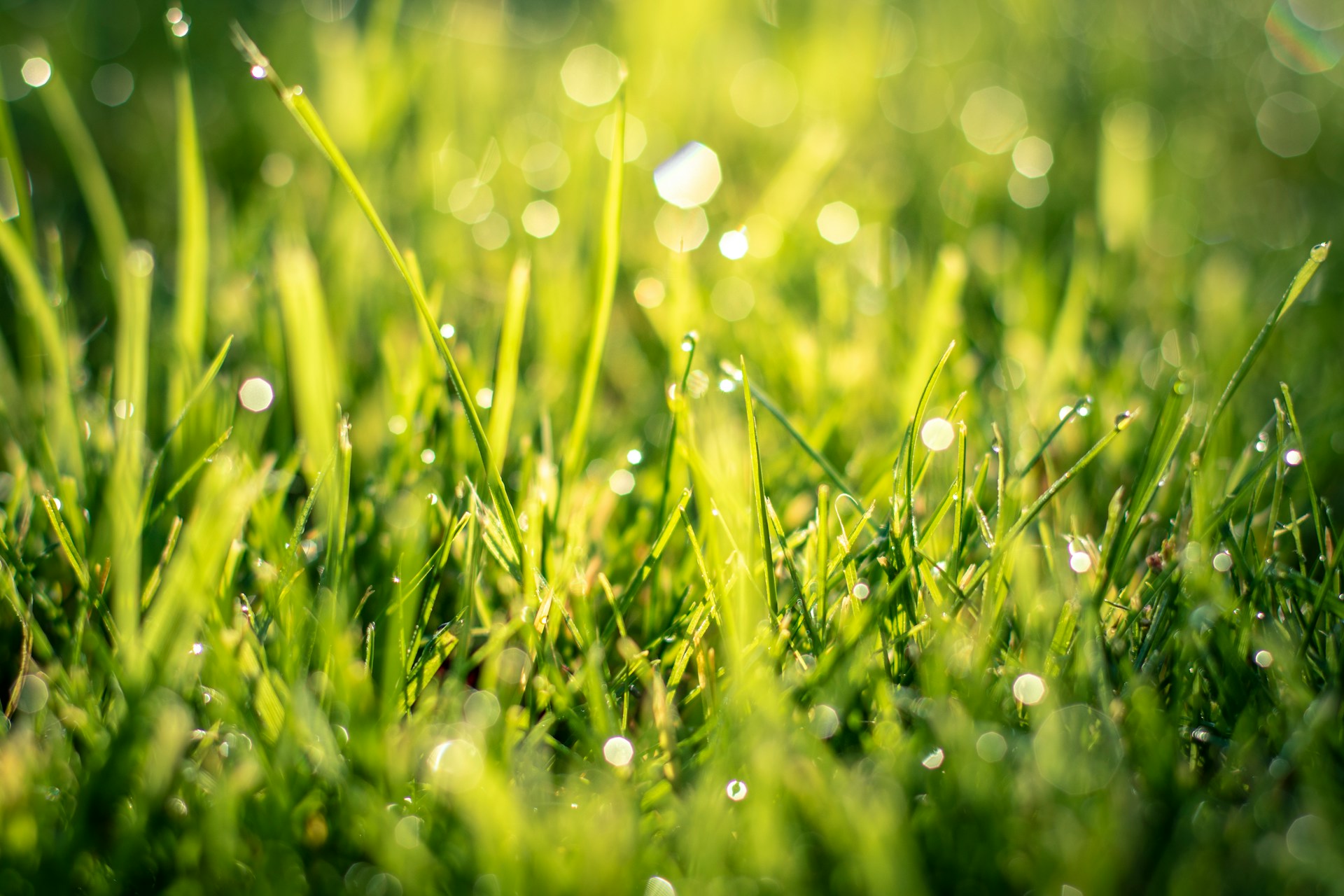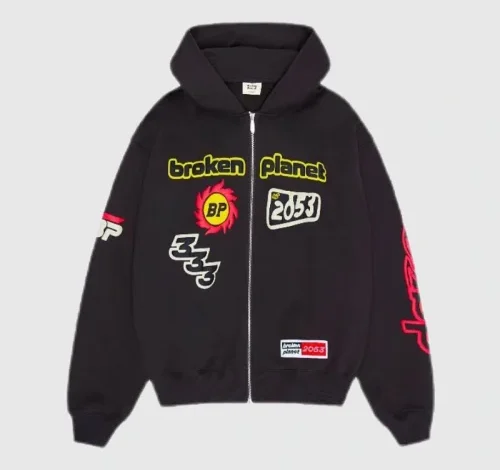
Sod vs. Seed: Choosing the Best Option for Your Lawn
When deciding on the best method to establish a new lawn, homeowners often find themselves weighing two popular options: sod and seed. Each approach comes with its distinct set of advantages and considerations. Sod, essentially a mature lawn rolled out like a carpet, offers instant gratification and a quick start. On the other hand, seeding, the traditional method of lawn establishment, requires patience and time but can be more cost-effective and rewarding in the long run. This article will explore the nuances of both options to help you make an informed decision based on your lawn’s needs, your budget, and your personal preferences.
Sod: Immediate Lawn Solution
The Instant Lawn
Sod is pre-grown grass that is cut into sections and sold in rolls or squares, ready to be laid on prepared soil. The primary advantage of sod is its immediacy; it can transform a bare patch of land into a lush, green lawn in just hours. For homeowners who want to avoid the unsightly phase of a germinating lawn or need to quickly stabilize soil in erosion-prone areas, sod is an attractive choice. Its immediate impact can also boost curb appeal almost overnight, which is particularly beneficial if you’re looking to sell your home or host a significant event soon.
Sod Installation and Care
While laying sod might seem straightforward, it requires proper ground preparation to ensure success. The soil must be tilled, leveled, and enriched with nutrients before the sod is laid down. Once installed, it needs consistent watering to foster root establishment in its new location. Although sod is more expensive than seed, its cost is offset by the reduced time and labor needed for lawn establishment. Additionally, since sod is typically grown professionally, it is less likely to contain weeds or diseases, ensuring a healthier start for your lawn.
Considerations for Sod
Choosing sod means investing in the immediate appearance and rapid usability of your lawn. However, it’s important to consider the cost, both financially and environmentally. Sod requires more water initially to establish roots, and its production and transportation can have a significant environmental footprint. Furthermore, the selection of grass types available in sod form may be limited compared to seeds, potentially affecting the long-term health and suitability of your lawn to your local climate and soil conditions.
Seed: The Traditional Route
Advantages of Seeding
Seeding your lawn allows for a broader selection of grass types, enabling you to choose the best species for your region’s climate, soil, and usage needs. This customization can lead to a healthier, more resilient lawn over time. Additionally, the cost of grass seed is considerably lower than sod, making it an economical choice for large areas. Seeding also offers the satisfaction of nurturing your lawn from the very beginning, watching it grow and mature through your efforts.
The Seeding Process
Seeding a lawn involves more than just scattering seeds over the soil. It requires careful preparation of the ground, including tilling, leveling, and enriching the soil with the necessary nutrients. After seeding, the area must be kept moist to encourage germination, requiring regular watering without causing erosion or seed displacement. While this process takes longer than sod installation, it promotes deeper root growth and can lead to a more durable and drought-resistant lawn.
Patience and Maintenance
Opting for seed means being patient; it can take several weeks or even months for a lawn to fully establish from seed. During this time, the emerging grass needs careful attention to prevent weed competition and to ensure proper growth. This slow start may be a drawback for those looking for quick results, but it provides a deeper understanding and connection to your lawn, as well as the opportunity to address any issues as they arise, ensuring a strong and healthy turf.
Making the Right Choice
When deciding between sod and seed, consider your timeline, budget, and the amount of effort you’re willing to invest in your lawn. Sod offers a quick and robust solution but comes with a higher initial cost and environmental considerations. Seeding, while slower and more labor-intensive, is cost-effective and allows for greater customization of your lawn to fit your specific needs.
In conclusion, the choice between sod and seed for your lawn depends on various factors, including time, budget, and personal preferences for lawn care and environmental impact. By understanding the benefits and limitations of each option, you can select the best method for establishing your lawn, ensuring it remains healthy, vibrant, and enjoyable for years to come.
Environmental and Sustainability Considerations
Eco-Friendly Aspects of Seeding
Seeding is often viewed as the more environmentally sustainable option for establishing a lawn. It generally has a smaller carbon footprint compared to sod because it requires less water and energy to grow. Seeds can be transported more efficiently and sustainably than large rolls of sod. Moreover, seeding allows the soil ecosystem to develop naturally, fostering beneficial microorganisms and insects that contribute to the overall health of your lawn and local environment. By choosing seed, you are also more likely to select native grass varieties that are adapted to your region’s climate and ecosystem, promoting biodiversity and reducing the need for chemical treatments.
The Impact of Sod Production
Sod farming involves intensive agricultural practices, including the use of fertilizers, pesticides, and significant amounts of water. These practices can lead to soil degradation and water resource depletion over time. Additionally, the transportation of sod from the farm to your home contributes to its carbon footprint. However, it’s important to note that many sod producers are adopting more sustainable practices, such as integrated pest management, organic farming methods, and efficient irrigation systems to reduce environmental impacts.
Long-Term Sustainability
The long-term sustainability of your lawn, whether sod or seed, depends on ongoing maintenance practices. A lawn established from seed may have a stronger, deeper root system, making it more drought-resistant and less dependent on irrigation and fertilizers. Conversely, sod can provide immediate soil stabilization, which is crucial in preventing erosion and runoff in certain landscapes. The key to sustainability with either option is the implementation of eco-friendly lawn care practices, such as proper mowing, watering, and natural pest management.
Cost Comparison and Value
Initial and Ongoing Costs
The upfront cost of sod is higher than that of seed due to the labor and resources required to grow, cut, transport, and install it. Seeding a lawn is less expensive initially, but it may incur additional costs over time, such as for weed control, overseeding to fill in patches, and possibly more frequent fertilization until the lawn is fully established.
Long-Term Investment
While sod offers a quick return on investment in terms of immediate aesthetic and functional use, seeding can provide greater value over time. A lawn grown from seed that is well-maintained can be just as durable and lush as a sodded lawn. Furthermore, the deep root systems developed from seeding can lead to a healthier lawn that is more resilient to stressors like drought, disease, and pests, potentially reducing long-term maintenance costs and increasing property value.
Assessing the Best Financial Option
Evaluating the cost-effectiveness of sod versus seed involves considering both short-term and long-term financial implications. If immediate results are necessary and budget is less of a concern, sod might be the way to go. However, if you are looking for a cost-effective solution and are willing to invest time in nurturing your lawn, seeding could be the more economical and rewarding option in the long run.
Conclusion: Personal Preferences and Practicality
Deciding between sod and seed ultimately comes down to personal preferences, practical considerations, and your specific lawn care goals. Sod provides an instant lawn, ideal for quick curb appeal and use, while seeding offers a more affordable and customizable approach, albeit with a longer establishment period. Both options have their environmental impacts, but sustainable practices can minimize these effects and promote a healthy lawn and ecosystem.
Your choice should align with your immediate needs, long-term goals, and the level of engagement you wish to have with your lawn’s development. By carefully weighing the pros and cons of sod and seed, considering your budget, and understanding the environmental implications, you can make an informed decision that best suits your lawn and lifestyle, ensuring a green, vibrant, and sustainable outdoor space.


